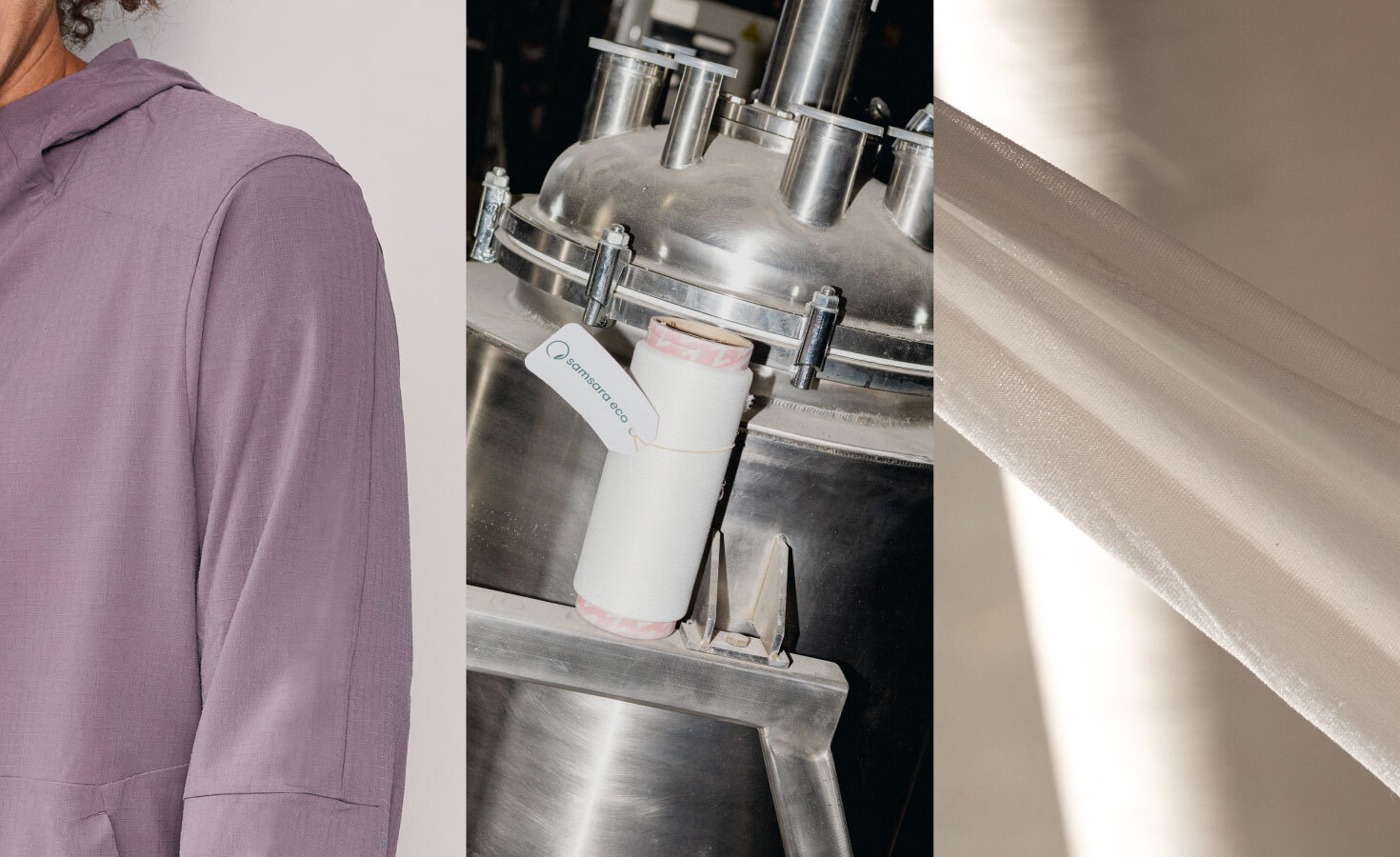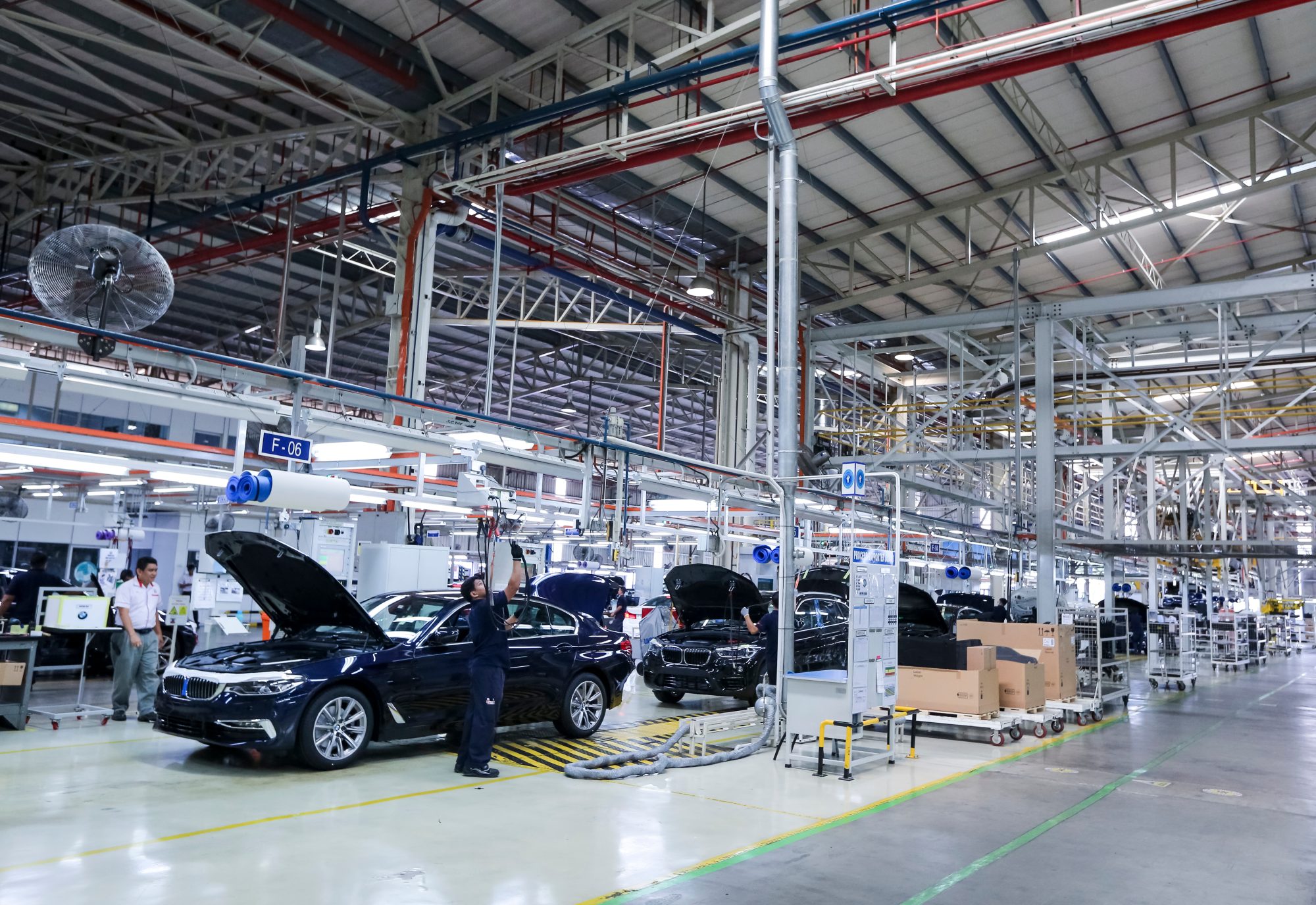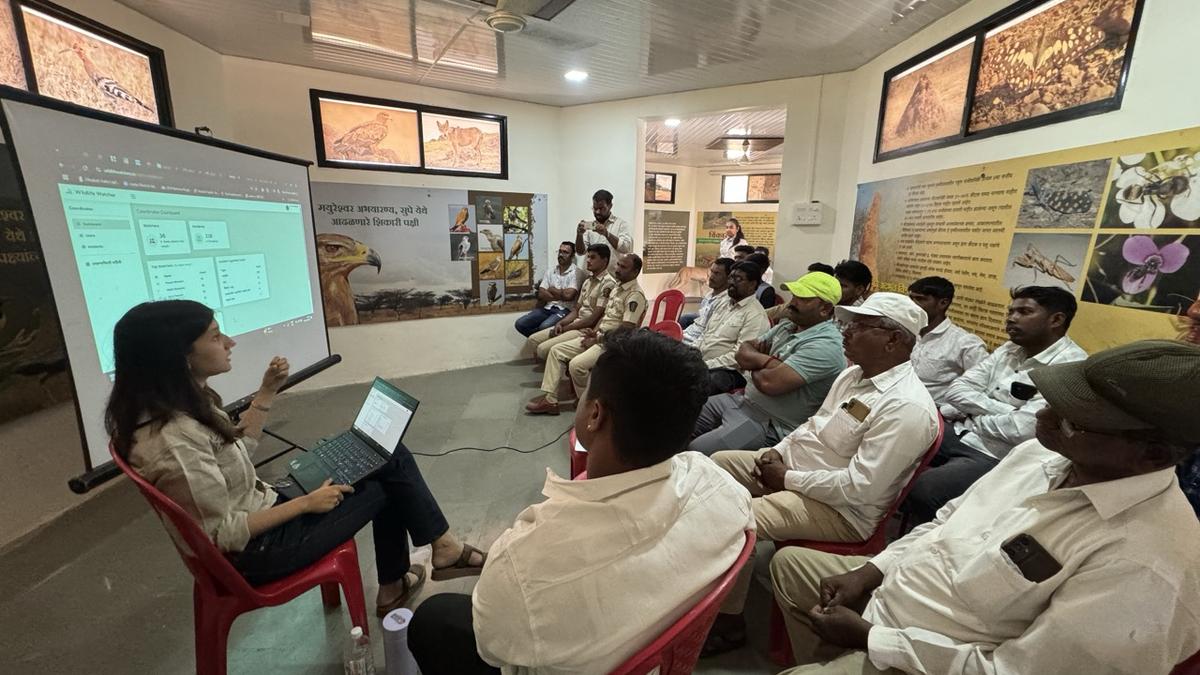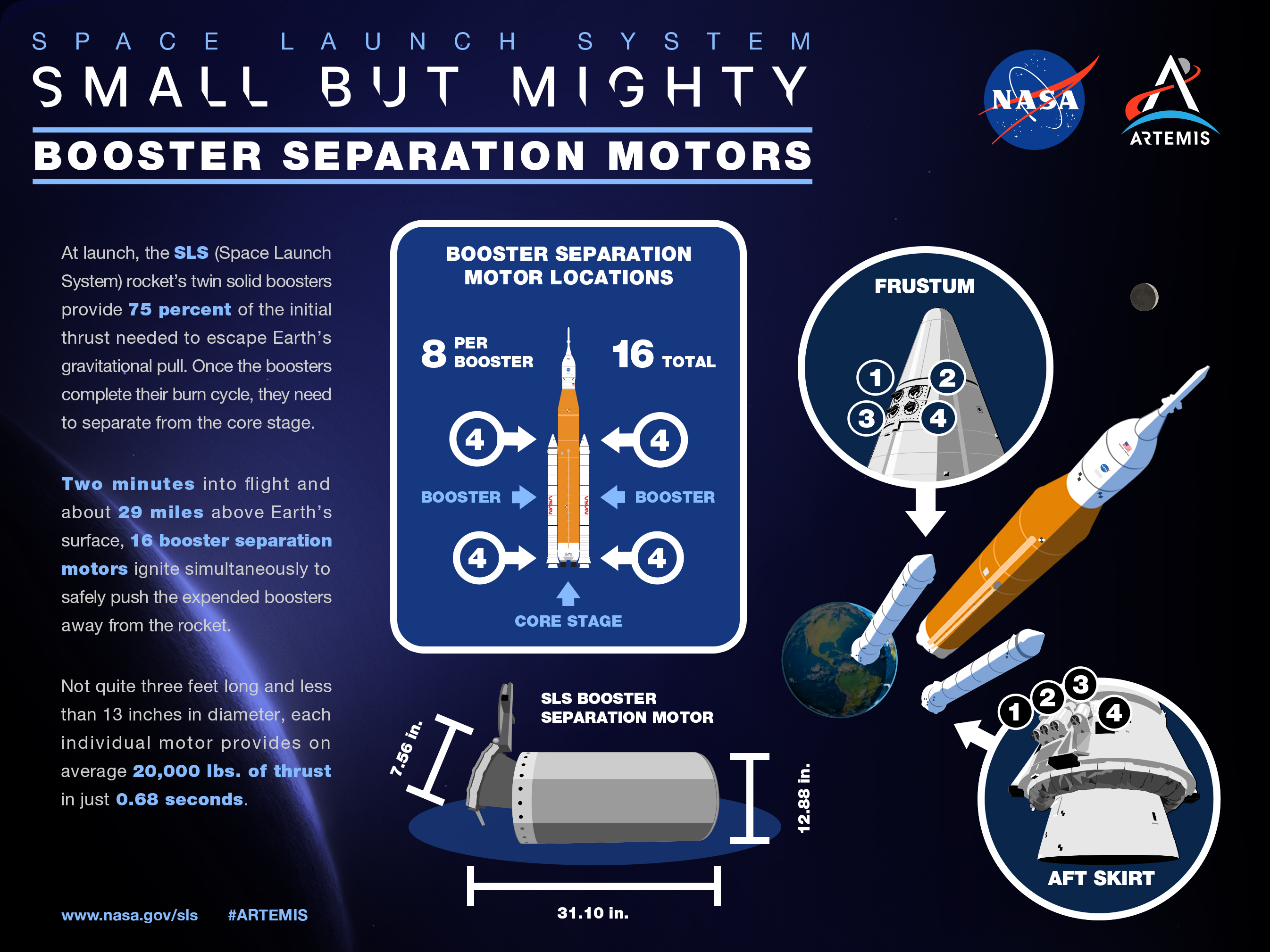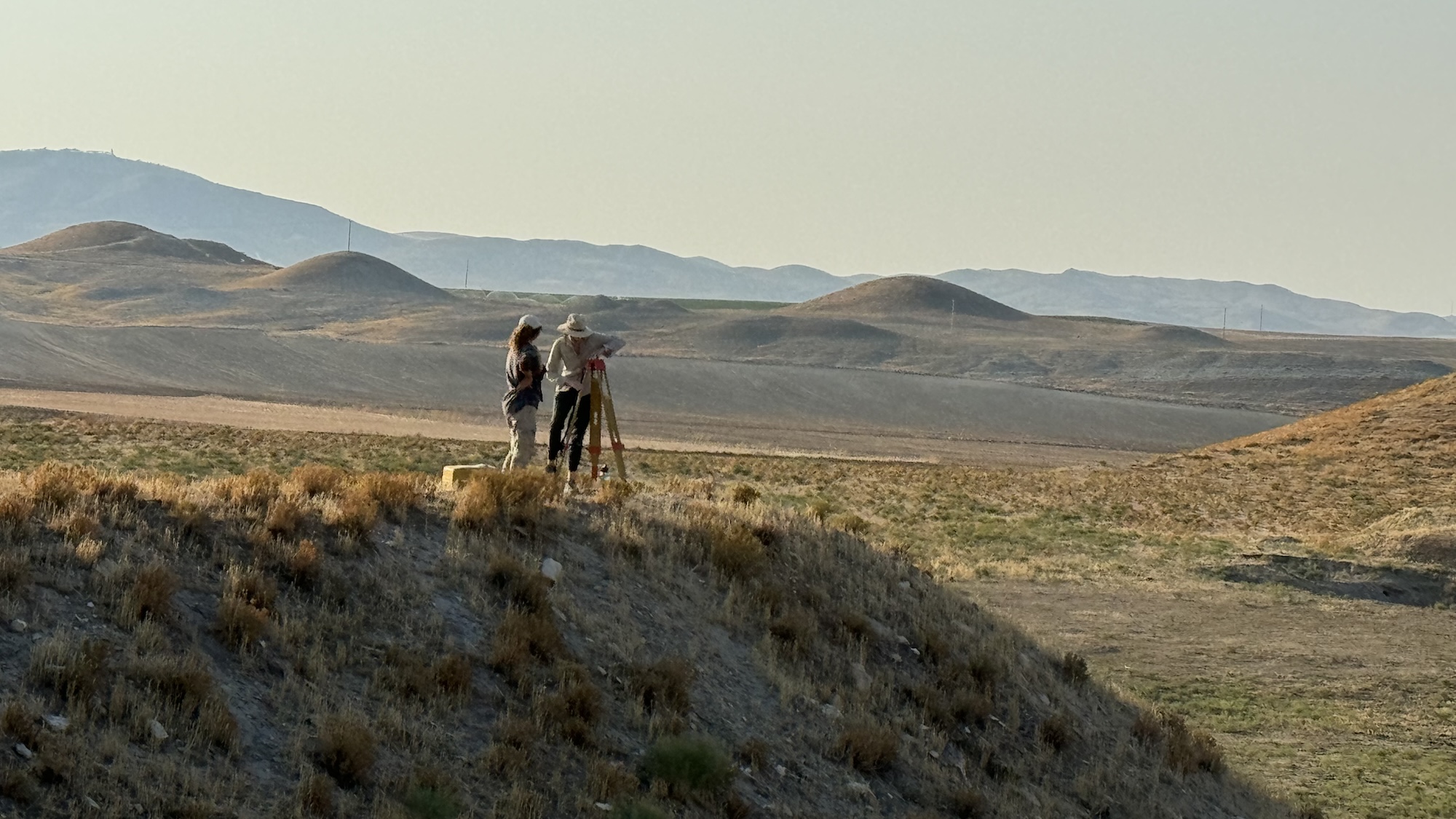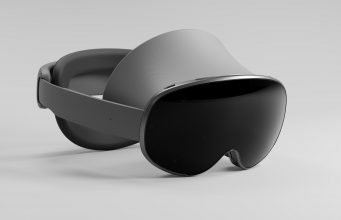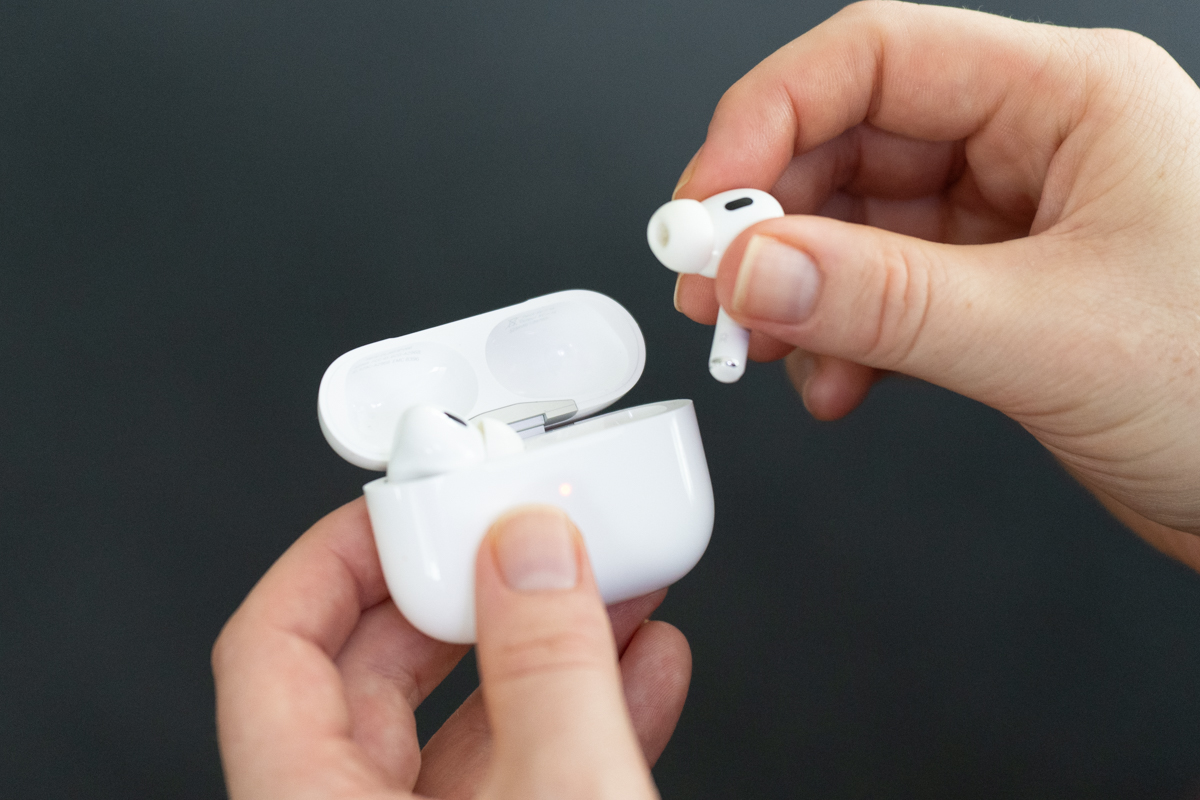AR In VR: 15 Years Of Augmented World Expo With Ori Inbar
Augmented World Expo is underway in Long Beach, California, and we sat down with its organizer for an interview.


I sat down with the co-founder of Augmented World Expo Ori Inbar during his annual conference in Long Beach.
“XR Is Going Mainstream” is the rallying cry of this year’s event, which opened this week with Inbar presenting a keynote featuring the current developer generation of Snapchat’s Spectacles glasses. While Snap plans to sell consumer Specs next year, the current model helped him sink a pool shot using AR as a guide overlaying the geometry needed to sink the shot. Yes, much like that episode of Quantum Leap some readers might remember, and similar in concept to an older project Inbar cited in his presentation. Now the idea runs in standalone glasses from a major technology company.
With about 10 minutes for our interview I dug into the shape of the market with Inbar. Full transcript below edited lightly for repeated phrasing and clarity.
Ian Hamilton
Who are you and what’s your role here?
Ori Inbar
Hey, my name is Ori Inbar. I’m the co-founder and CEO of Augmented World Expo.
Ian Hamilton
How many years have you been doing this and how has the market changed over that time?
Ori Inbar
I started it in 2010, initially focused on AR when it was just starting out. We had 300 people in the room, 20 exhibitors, and since then it grew to what it is today which is 250 exhibitors and almost 5,000 attendees. And actually in 2015, we partnered with UploadVR, and that’s when we combined AR and VR into one conference because we thought, they’re so complementary, it’s really part of the same spectrum. And that was a great move. But how did the industry evolve from an event that was basically talking about ideas in the future to, as our shirts proudly say, “XR Is Going Mainstream?”
Ian Hamilton
Yeah. I heard a rallying cry up there on stage during the keynote yesterday, I imagine you do that almost every year in a different way in different words. Interesting to think about the 10 year path of partnering with UploadVR, I didn’t remember that piece of history. That’s the year I started at this company covering full-time VR as a technology. And the year is 2025 and I feel like augmented reality is only accessible in my VR headset.
Ori Inbar
That’s how you mostly use it?
Ian Hamilton
I think it’s the best in my VR headset.
Ori Inbar
It’s probably the best experience, I agree, but you can’t ignore the fact that 1/3 of the U.S. population is using mobile AR, maybe not on a daily basis, but pretty frequently for things like socializing and shopping and, like I said in the keynote, Gen Z is a huge adopter of it. I think they are, just now, waiting for the next form factor to allow them experience it in a much better way. The Spectacle glasses, which we have here hundreds of, I think are showing off where this could go.
Ian Hamilton
Let’s talk architecture, though. Field of view, 100 degrees. 100 degrees of canvas on which augmentation can appear. Zoom is about to appear on the visionOS platform, visual zoom, so I will have greater than 20/20 vision through mixed reality on a VR headset. How do augmented reality glasses, see-through Spectacles, how does the field of view gap between these two device categories play out over the next decade?
Ori Inbar
I vowed not to talk about the future this week, but I think all these different approaches will converge into a single device that can do it all. I think today I personally use different devices for different purposes. The Vision Pro is amazing for things like spatial video, “spadios”, right? And all of the mixed reality experiences are just incredible. But when I’m on the street walking around, I use my Ray-Ban glasses because they are awesome taking videos on the go and getting information as I need it without having something big on my face. And you know, the specs are great for some casual AR gaming that I do mostly at home, I don’t go out with these glasses yet. So I think each one is great for a different purpose right now. We wear for a purpose, and that’s probably going to continue for a few more years until, again, that ultimate future where you have probably one device that can do it all? So AR glasses with very wide field of view but can also obstruct the world if you need to.
Ian Hamilton
One device that can do it all. One device that can do it all. I feel like that’s going to be a VR headset with augmentation built onto it. Do you disagree with that?
Ori Inbar
The question is how do you define a VR headset in 10 years? It’s going to be indistinguishable from an AR headset.
Ian Hamilton
Yeah, what optical system do you think it will use?
Ori Inbar
My guess, and I’ve been guessing it for 10 years now, it’s going to be direct retinal projectors. It was invented in the early ’90s but we’ve seen the North glasses that tried to introduce it, it didn’t work so well yet. This technology allows you to have a very light form factor, regular looking glasses, with the ability to completely paint information on your retina. So you can even do VR with these glasses because it can block everything, including the sun. That’s my bet, but it’s been 30 or 40 years now since it was invented and still hard to crack.
Ian Hamilton
Really interesting to think about that and I appreciate you not wanting to talk about the future, so I’ll stop there. What do you think about the pace of this industry? Is there anything holding it back? Is there anything needed to accelerate?
Ori Inbar
In my opening, I basically said let's not talk about what’s missing and where we need to go, because what we have today is good enough for almost any use case. But since you asked…every year there’s new things happening, new devices being released, new technologies. We get kind of used to the space, and we never kind of stop for a second and think, ‘let’s see what we have today.’ It’s pretty amazing, so we always want more, which is great on one hand, but it’s also distorting reality in some ways.
The things that are clearly still preventing us from having our dreams come true is….for me, for someone that really came from the belief that AR is what we will use most of the day. VR will definitely have its place at home, entertainment, things like that, but most of the day you want to be in the world. So you want to have an AR device, and for that you really need a wide field of view. And you want to have the ability to project information that merges really nicely with the real world. In that sense, a lot of it is the language of XR, or AR specifically. How do you give information that is useful, that is engaging, that is entertaining, without distracting me from the real world? So it’s more of a kind of design issue, more of a content issue, and I have to say that since Vision Pro, and since the Quest 3 offered great mixed reality experiences, I’m seeing that already starting to happen, because the device is supporting that field of view and that excellent vision, so I’m very optimistic about where we’re going to be.
Ian Hamilton
I’m optimistic about where we’re going as well except I think the last 10 years have indicated the field of view that you get out of a VR headset is a winning architecture for augmentation, at least in the near term.
Ori Inbar
Absolutely. You know, when the Vision Pro was launched, Tim Cook did not talk about the VR headset. He said, this is an AR headset.
Ian Hamilton
Apple doesn’t use [“VR”] at all.
Ori Inbar
And they even invested so much unnecessarily in the Eyesight display just to make it look like an AR device, and now we know it’s completely unnecessary.
Ian Hamilton
I appreciate that, and I feel that cuts through a lot of the confusion out there. You said it was an issue of language and it really is.
Ori Inbar
I call it AR on VR, basically. A device that does AR on a VR headset.
Ian Hamilton
Yeah, I think of it as AR passing through VR.
Ori Inbar
That’s even more accurate.
Ian Hamilton
Thank you for the time.














